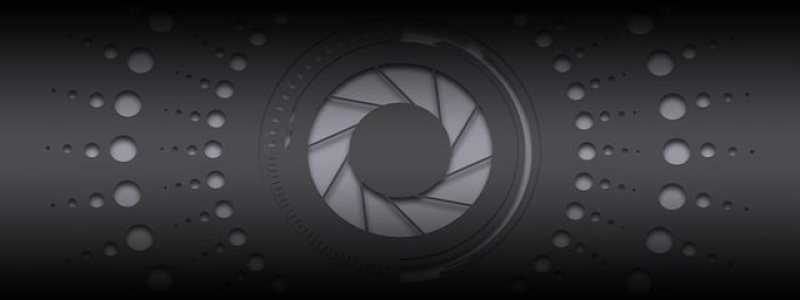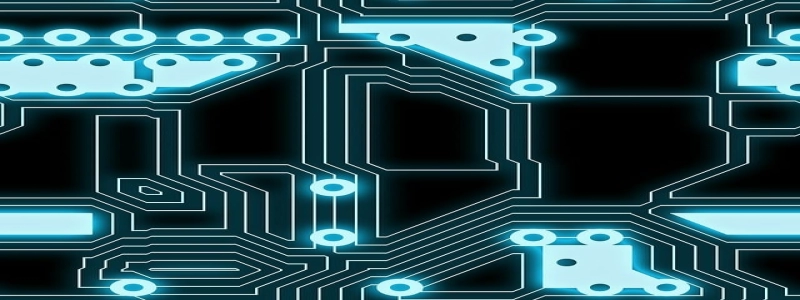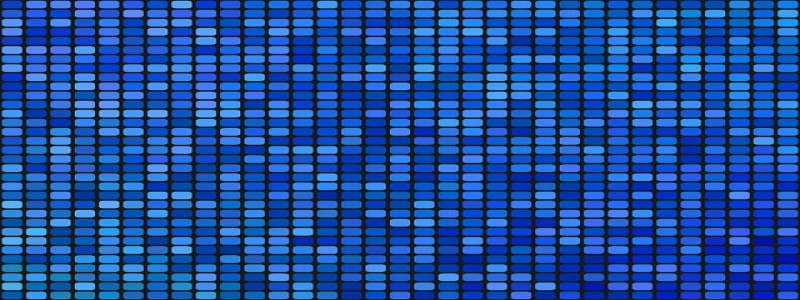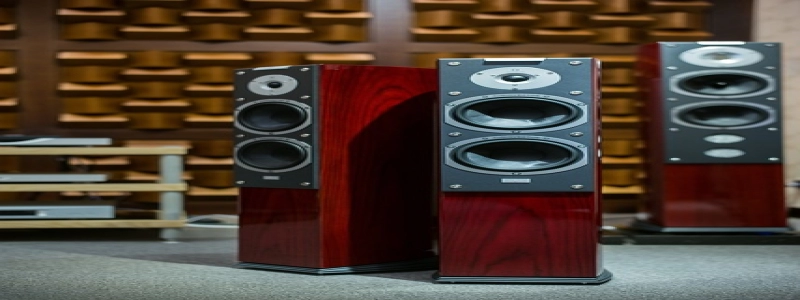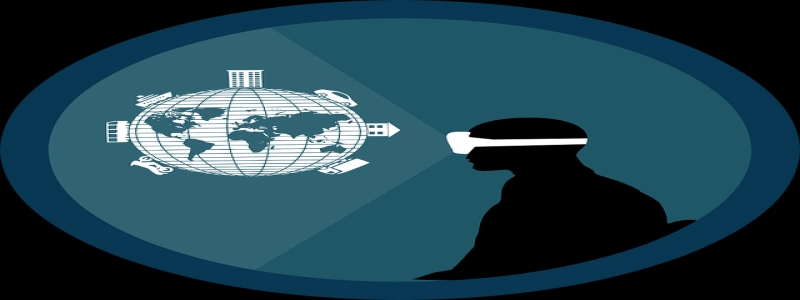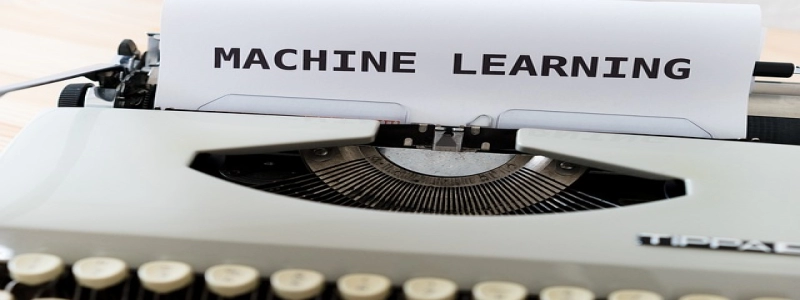CW Transceiver
Introduction
A CW transceiver, also known as a Continuous Wave transceiver, is a device commonly used by amateur radio operators for Morse code communication. This article will provide a detailed explanation of the different components and functions of a typical CW transceiver.
I. Transmitter Section
The transmitter section of a CW transceiver is responsible for generating and transmitting the Morse code signals.
1. Keyer
The keyer is an essential component of the transmitter section. It converts characters from the user’s input into corresponding Morse code signals. The user can input characters using a key or a paddle, which are then sent to the keyer. The keyer generates the appropriate dits (short signals) and dahs (long signals) based on the input characters.
2. Oscillator
The oscillator is another critical component in a CW transceiver. It generates a stable and continuous waveform of the desired frequency. The frequency is typically adjustable to allow for communication on different bands. The oscillator output is then fed into the amplifier.
3. Amplifier
The amplifier takes the weak signal from the oscillator and increases its power to a level suitable for transmission. It boosts the signal to ensure reliable communication over long distances. The amplifier is capable of providing enough power output to penetrate noise and interference.
II. Receiver Section
The receiver section of a CW transceiver is responsible for receiving and decoding Morse code signals.
1. Detector
The detector is the first stage of the receiver section. It converts the incoming signals into an audio tone that can be interpreted by the operator. The detector separates the Morse code signals from other unwanted signals, such as noise and interference.
2. Audio Amplifier
The audio amplifier amplifies the audio tone output from the detector. It increases the signal strength to increase audibility and improve clarity during reception.
3. Decoder
The decoder is the final stage of the receiver section. It converts the Morse code signals into characters that the operator can understand. The decoder processes the audio tone and matches it with a corresponding character in the Morse code alphabet. The decoded characters are then displayed or outputted for the user to read.
Conclusion
A CW transceiver is a versatile device that enables amateur radio operators to communicate using Morse code signals. Its transmitter section generates and transmits Morse code signals, while its receiver section receives and decodes Morse code signals. Understanding the components and functions of a CW transceiver is crucial for efficient and effective communication in the amateur radio community.
